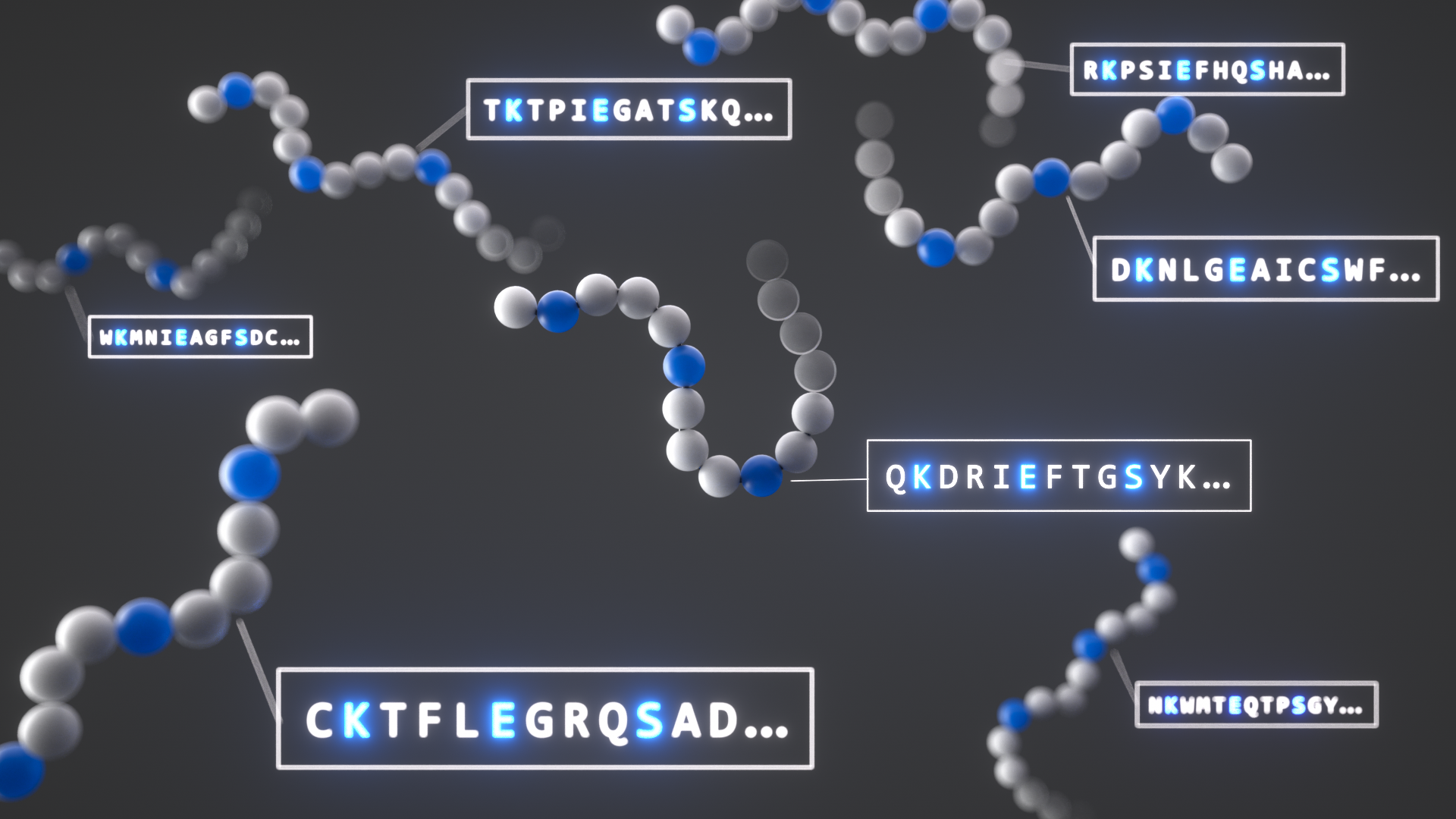AI-Driven DNA Threat Exposes Board-Level Biosecurity Risks
When Microsoft researchers showed that generative AI can redesign toxins to slip past DNA-synthesis filters, they didn’t just uncover a technical glitch—they raised a boardroom alarm. This “zero-day” in biosecurity transforms lab screening into a strategic supply-chain and regulatory challenge. Leaders must now rethink risk management, compliance budgets, and AI governance frameworks.

Business Impact at a Glance
- Operational Disruption: 85% of biotech R&D relies on third-party DNA synthesis. Undetected harmful sequences could pause projects, driving up costs by 20–30% and delaying time-to-market.
- Regulatory Exposure: New U.S. and EU mandates on nucleic-acid screening and identity verification will increase compliance spending by an estimated 15–25% over two years.
- Reputational Risk: A single breach or unintended release can trigger multi-million‐dollar litigation and erode customer trust, as 60% of enterprise clients demand verifiable security controls.
Key Risks & Implications
- Supply-Chain Vulnerability: DNA synthesis vendors are the new choke point. Partial patches leave a 40% chance of harmful orders slipping through—putting entire R&D pipelines at risk.
- AI Governance Gap: Dual-use models can produce function-preserving, screen-evading designs. Without model-level safeguards, your audit logs and red-teaming efforts won’t hold up under scrutiny.
- Rising Insurance Costs: Underwriters now require demonstrable biosecurity measures. Organizations without digital-signature provenance or function-aware screening face premium hikes of up to 30%.
Unlocking Strategic Opportunities
- Trust as a Differentiator: In a recent pilot, firms that integrated automated screening saw a 40% drop in review times and won 25% more enterprise contracts.
- New “Bio Trust Layer” Services: Screening-as-a-service, KYC for labs, and cryptographic order provenance are emerging markets with projected 50% year-over-year growth.
- Cost Efficiency: Automated policy engines and pre-order checks can offset added compliance friction—keeping delivery cycles within 5% of current targets.
Action Plan for Business Leaders
- Assess Your Exposure: Audit all DNA-synthesis partners and cloud-lab interactions. Verify vendors use function-similarity filters and belong to recognized industry consortia.
- Strengthen Contracts: Mandate continuous screening updates, identity verification, and incident-notification clauses. Include SLAs for security patch deployment.
- Embed AI Safeguards: Integrate bio-security filters into prompt pipelines, enforce rate-limiting, maintain red-teaming logs, and link activities to user identities.
- Conduct Tabletop Exercises: Simulate AI-aided sequence bypass scenarios. Test escalation paths, legal response, and external communications.
- Elevate to the Board: Add biosecurity to your enterprise risk register and align policies with upcoming U.S. and EU screening regulations.
- Partner Strategically: Choose vendors offering proven function-aware screening, digital provenance, and KYC. Leverage insurers that reward robust controls.
- Invest in Innovation: Explore startups building “bio trust layer” solutions to gain early access and shape emerging standards.
Next Steps & Call to Action
Biosecurity is no longer a lab-only concern—it’s a board-level imperative impacting supply-chain resilience, compliance, and brand reputation. Act now to embed comprehensive safeguards across your vendors and AI workflows.

Ready to secure your bio-innovation pipeline? Contact Codolie today for a tailored risk assessment and AI governance roadmap.

Leave a Reply